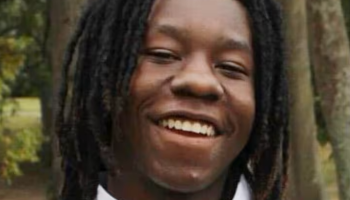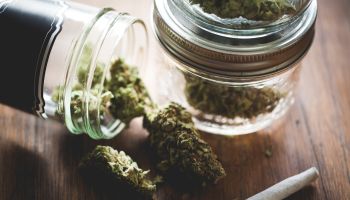A NewsOne Exclusive
With Memorial Day just around the corner, this year’s beach and pool season is about to begin in earnest. But a new study released by USA Swimming shows that many Black Americans can’t safely join the fun: 70 percent of African-American children have little to no swimming ability, nearly twice as many as white kids, the report found. In addition, Black children 14 years old and younger are 2.6 times more like to fatally drown than white children in the same age group.
These disparities are what led USA Swimming to develop the Make a Splash initiative, which aims to reduce drowning statistics among minority youth by providing access to swim lessons at low to no cost for kids across the country. Olympic gold medalist Cullen Jones is their primary spokesman, and will spend this summer touring several U.S. cities to raise awareness about water safety among minorities.
Text continues after gallery …
Jones, who is only the third Black American ever to make the U.S. Olympic swim team, is personally familiar with the perils of low swimming ability.
“When I was 5, I almost drowned,” he said. On a water park ride with his family, his inner tube flipped over and he went under. His father was able to rescue him and Jones required resuscitation, but ultimately walked away unharmed.
“Many kids are not as fortunate as I was,” said Jones, “So I felt like [teaching water safety] was something I needed to be a part of and put my stamp on.”
USA Swimming’s study found that, rather than the cost of swimming lessons, lack of parental encouragement is actually the main barrier to minority children learning how to swim.
“It’s generational. Parents don’t know how, and don’t find it very high on the priority list,” Jones said. That unfamiliarity breeds a great deal of fear, which explains much of parental hesitation to send their kids to swim lessons.
“Some parents think of water just like fire: ‘Don’t go near it,’” said Jones. As a result, many Black and Latino kids never learn to swim. Others children try to self-teach swimming, and develop a false confidence that can be dangerous. To measure whether a child is truly water safe, Jones said, important questions include: “Can you swim 20 yards? Can you swim the length of a pool? Can you hold yourself above water for 1 minute? If you were to fall into the water, could you get yourself to the shallow end?”
Ultimately, Jones hopes that through Make a Splash’s outreach, parents will see the value in making sure their children are able to swim. Apart from fear of water, other barriers the study found were concerns about image—the effects of chlorine on hair and skin—and the availability of free or low-cost lessons and good pools.
“It’s important to take the time to learn. You wouldn’t allow kids to get into a car without a safety belt,” said Jones, and water safety is no different.
But Jones is quick to add that learning to swim isn’t all doom, gloom, and drowning statistics.
“Knowing how to swim opens up a completely different world of fun in the pool,” he said. “If you’re water safe, water can be your best friend.”
To learn more about Make a Splash, visit their website at www.makeasplash.org. You can also follow Cullen Jones on Twitter at twitter.com/cullen_jones or find him on Facebook here.
RELATED STORIES
Black Swimmer Sets National Record
Judge Penalizes Philly Swim Club For Ejecting Black Kids
























